Highlights of Southern Chile: An Adventurer's Guide
In contrast to the dry north, southern Chile is a wonderland of lakes, rivers, fjords, glaciers, and islands that, together with the rugged peaks of the Andes, offer endless opportunities for recreation and exploration. Annika Hipple shares her tips on where to go.
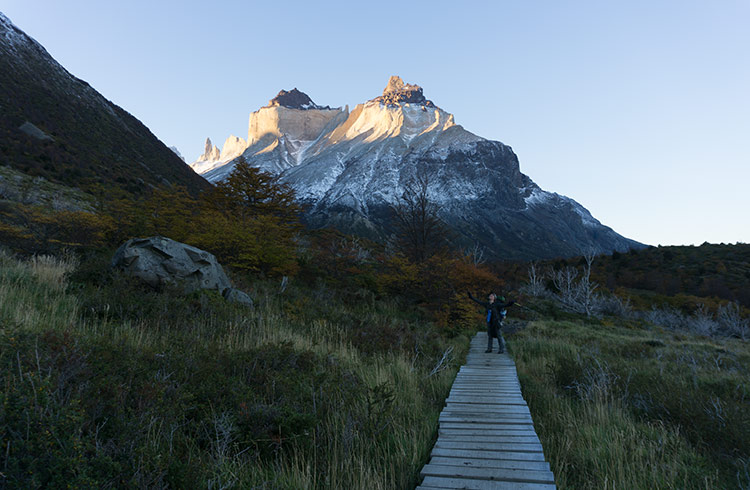 Photo © Milly McGrath
Photo © Milly McGrath
Chile's climate is temperate, becoming increasingly variable further south, so it’s best to be prepared for four seasons in one day, especially in Patagonia.
South of Temuco, the Lake District begins, a varied landscape of rivers, lakes, volcanos, and forests. Off its southern end, the lush green Chiloé Archipelago occupies a special place in the Chilean imagination. In Patagonia, the coastline becomes a patchwork of fjords, channels, and islands, while the plains and peaks shelter some of South America’s most iconic wildlife.
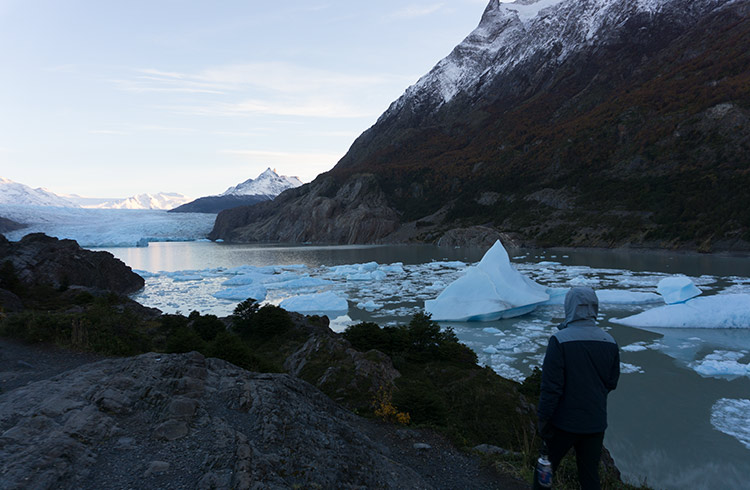
The Lake District
With snow-capped volcanoes rising above pure blue lakes and dense forests, it’s no wonder the Lake District is Chile's favorite year-round playground. Much of the region is protected in national parks and reserves, including Vicente Pérez Rosales National Park with its centerpiece, the perfectly conical Volcán Osorno. The pretty town of Puerto Varas, founded by German immigrants on the shore of Lake Llanquihue, is an excellent base for hiking, mountain biking, water sports, and other activities.
Further north, Pucón is another adventure hub, situated on Lake Villarrica at the foot of the region’s highest peak, Volcán Villarrica. Popular activities include hiking, mountain biking, horseback riding, kayaking, fly-fishing, rafting, and climbs to the volcano’s crater. In winter, the Pucón area is a good base for skiing, with several resorts nearby.
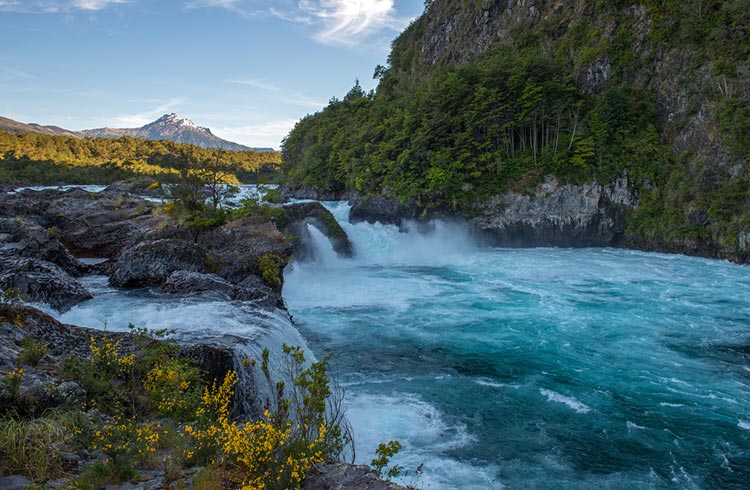
The Lake District is also the heartland of the local Mapuche people; visitors can explore indigenous traditions at handicrafts markets and on cultural tours.
The Chiloé Archipelago
A short ferry ride from Pargua (37mi/60km south of Puerto Montt on the mainland), Chiloé is a world apart, with distinctive nature, architecture, folklore, and food. The archipelago is known for its wooden churches, 16 of which are UNESCO World Heritage-listed. Food-related cultural experiences abound, from farm tours to curanto, a feast of shellfish, meat, and potatoes cooked in a hole in the ground.
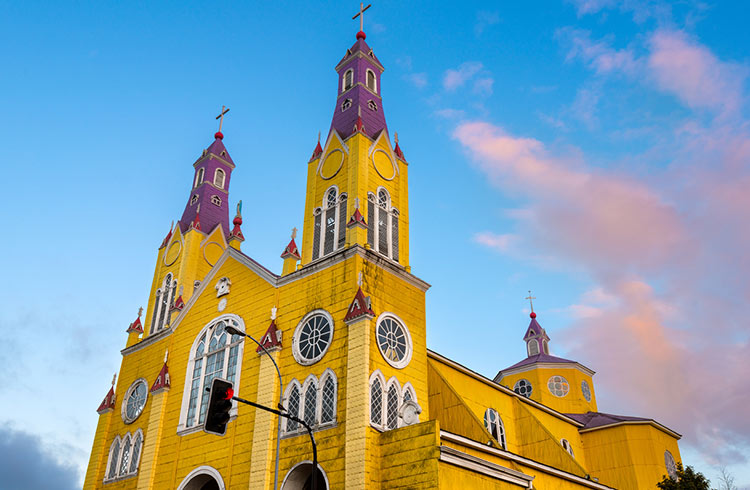
Whereas eastern Chiloé is gently rolling, with sheltered bays and colorful fishing communities, the west is wild and rugged. Chiloé National Park and other reserves protect mountains, bogs, and temperate rainforests, with hiking trails and wildlife ranging from diverse birdlife to foxes and Chile’s smallest deer, the pudú. In northwest Chiloé, the islets of Puñihuil Bay are the only place in the world where Magellanic and Humboldt penguins nest in the same place. They can be seen on boat tours, along with many other seabirds.
Accommodation in Chiloé includes hostels, hotels, and self-catering cabins. On a recent visit, I stayed at an all-inclusive hotel, then explored further with Chiloé Natural, which operates a variety of tours throughout the archipelago.
The Aysén Region
South of the Lake District, Aysén is Chile’s least populated region, a land of fjords, glaciers, and rivers that remains off the beaten path – though probably not for long.
The ultimate Chilean road trip, the Carretera Austral (Southern Highway) runs 770mi (1,240km) from Puerto Montt to Villa O’Higgins. Coyhaique is the region’s capital and has good services. Further south, I found a wonderful temporary home an ecolodge overlooking Lake General Carrera, Latin America’s second-largest lake. Along the lake’s northern shore lie the Marble Caves, an extraordinary series of naturally carved formations, accessible by boat tour and kayak.
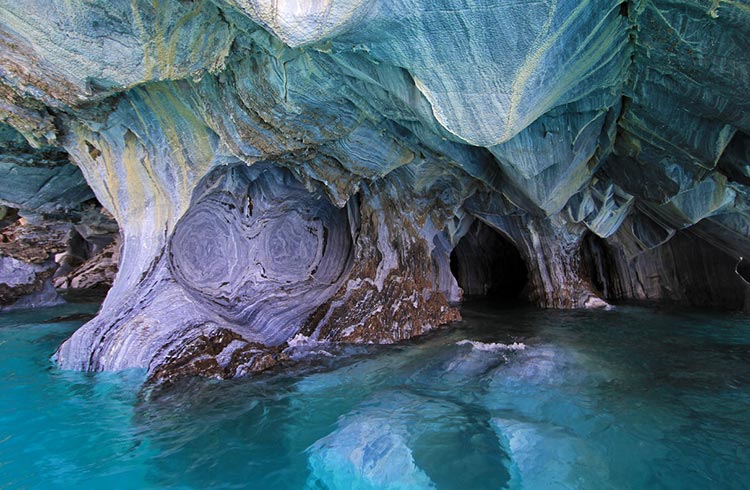
Aysén is home to several stunning national parks and reserves, including Queulat National Park, known for its hanging glacier, and the new Patagonia Park, which protects varied wildlife and landscapes including grasslands, forests and wetlands. In Laguna San Rafael National Park, boat cruises and kayaking tours visit the San Rafael Glacier, which calves into a lagoon.
Whitewater kayakers and rafting enthusiasts will find plenty of adventure on the mighty Baker River and its tributaries. From Puerto Río Tranquilo, guided treks venture onto the impressive Exploradores Glacier, which can also be admired from an overlook, a short hike off the road.
Torres Del Paine
Torres del Paine dazzles with its scenic beauty, abundant wildlife, and feeling of remoteness. Dominating the landscape is the Paine Massif, its distinctive peaks include the park’s namesake towers (torres) – three sheer granite pillars – and the Horns of Paine, rising above turquoise Lake Pehoe. At the western end of the park, deep blue icebergs calve from Grey Glacier into Grey Lake.
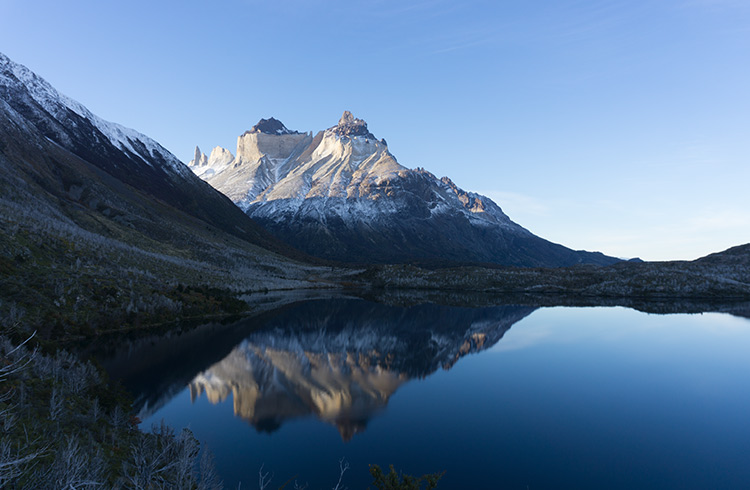
Day excursions range from wildlife safaris and easy lakeside walks to moderate cross-country hikes and the demanding climb to the base of the towers. Commonly seen animals include guanacos, foxes, and many species of birds, including condors. Horseback riding is also available.
Travelers seeking a greater challenge can choose between the full Paine Circuit, aka the O Circuit (seven to nine days) around the Paine Massif, and the W Trek (five to seven days), comprising the circuit’s southern sections.
Accommodation ranges from basic refugios (shelters) and campgrounds to all-inclusive hotels.
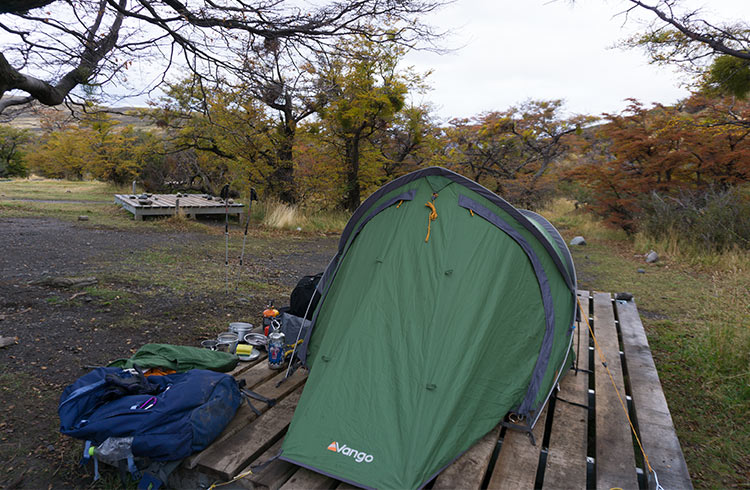
Related articles
Simple and flexible travel insurance
You can buy at home or while traveling, and claim online from anywhere in the world. With 150+ adventure activities covered and 24/7 emergency assistance.
Get a quote
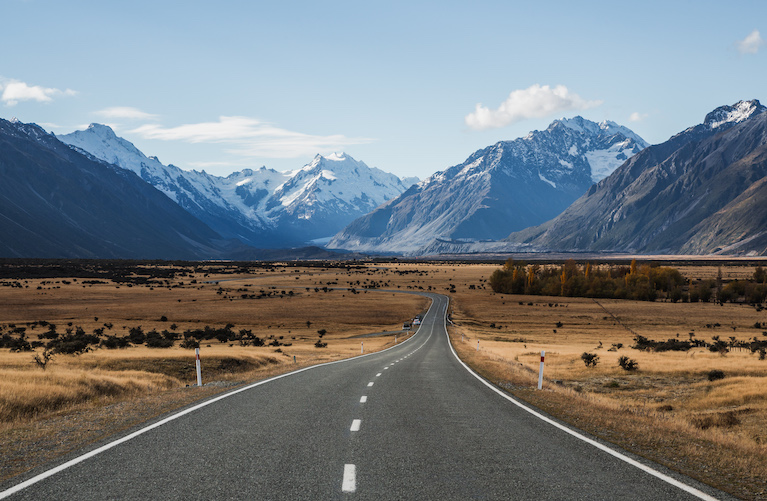
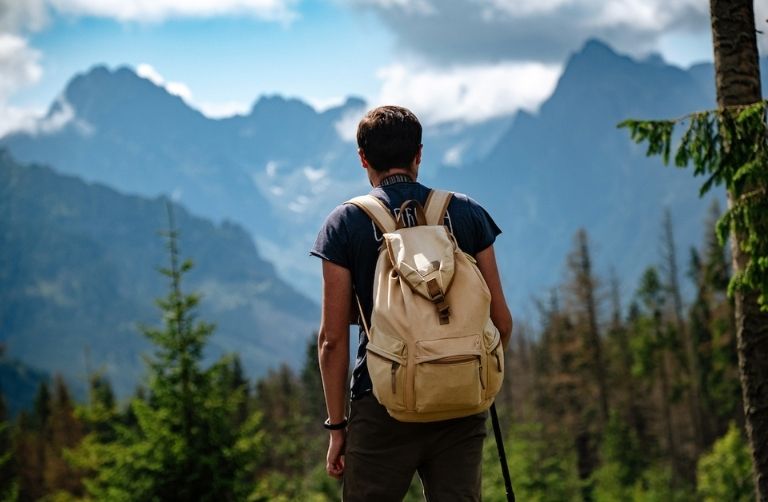
No Comments